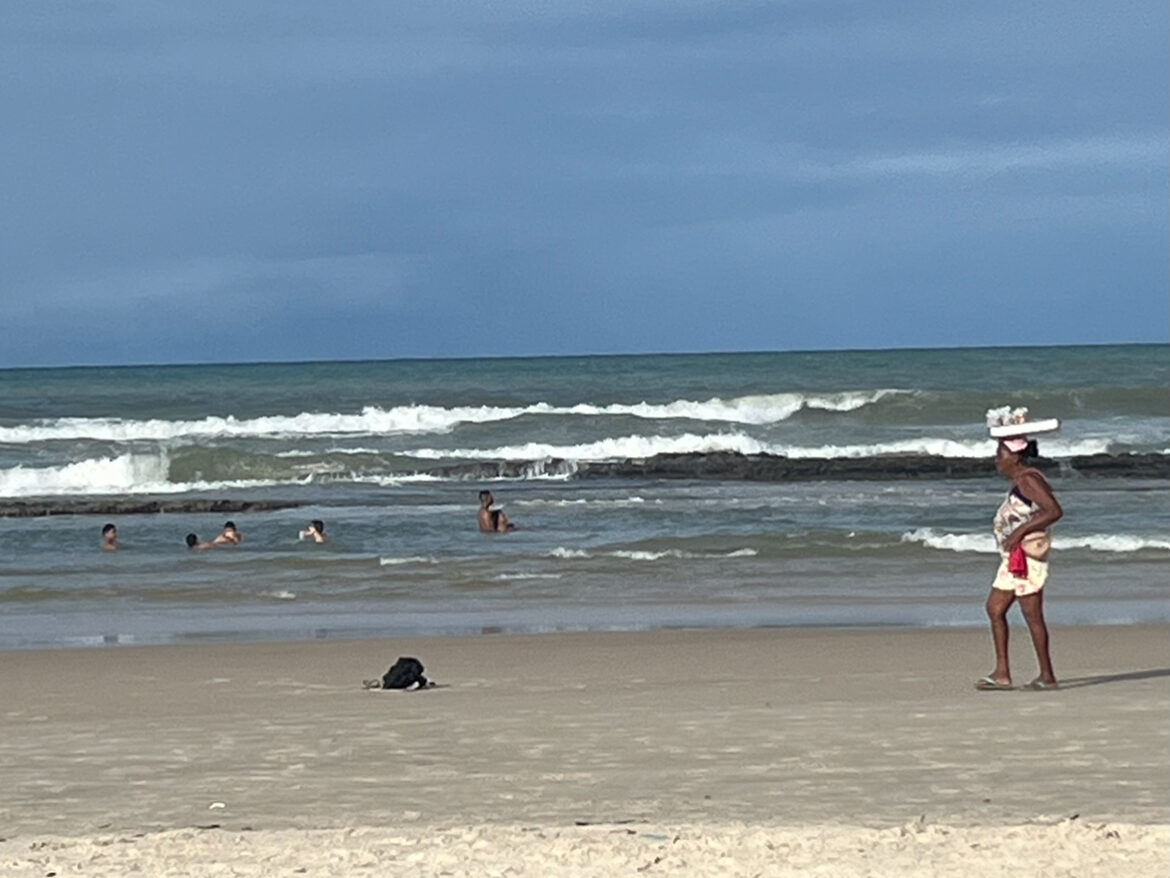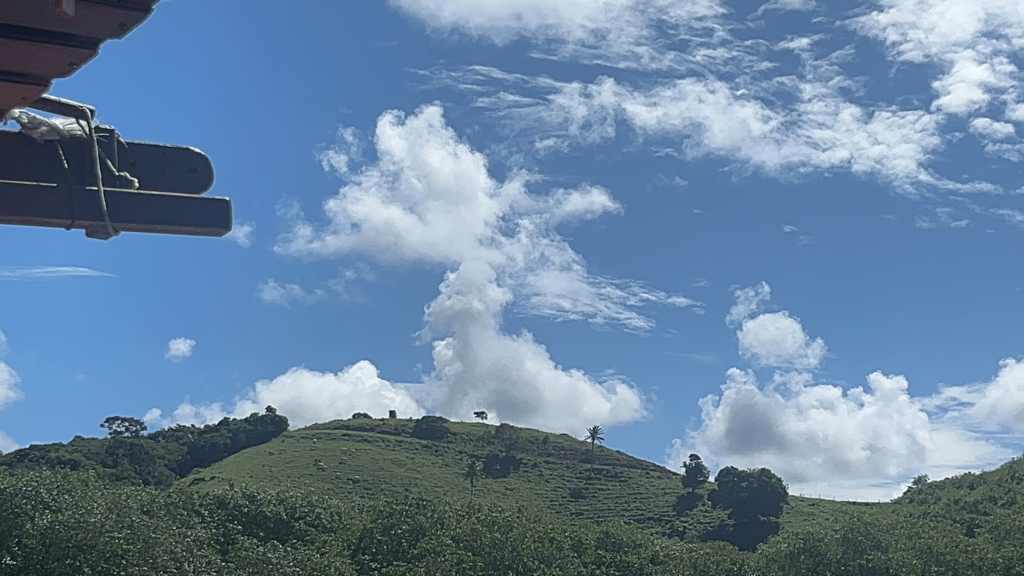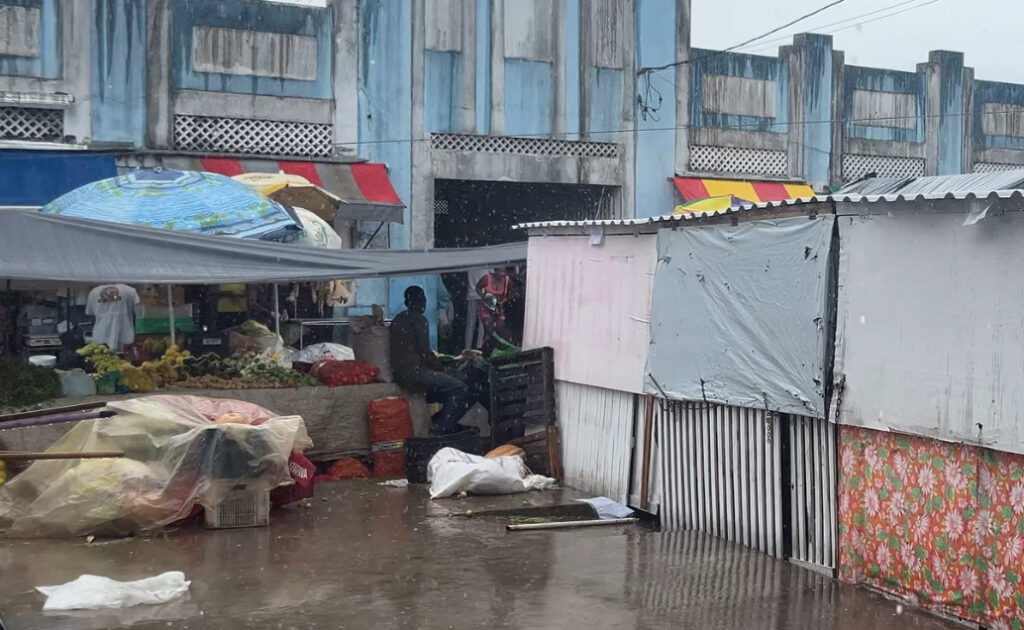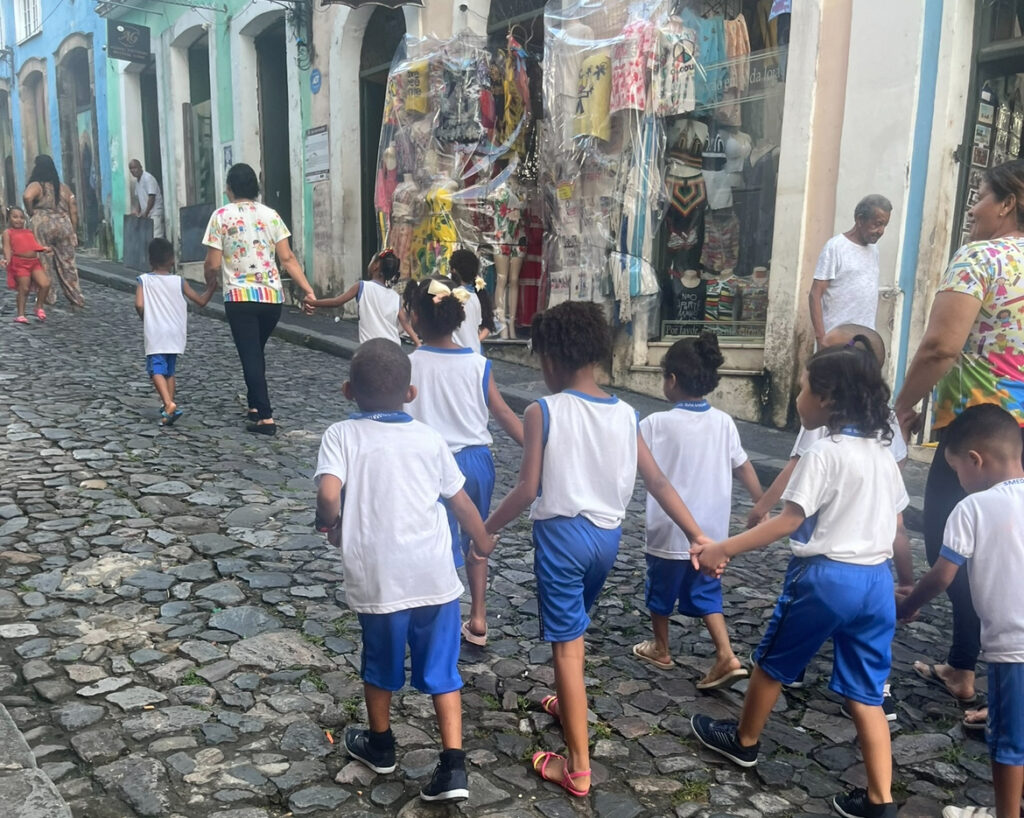CCSU in Brazil

While severe weather events are considered natural disasters, scientists say that climate change, caused by human activity, has increased their frequency and severity, posing a threat to the environment and human lives.
Ronaldo Gomes, a geo-technician and professor of geology at the State University of Santa Cruz in Bahia, Brazil, points to unsustainable agriculture practices as the spearhead of Brazil’s deadly flooding season.
“The increase in global temperatures because of climate change is influencing the coverage of forests,” Gomes said “Areas of the Atlantic Forest and the Amazon Forest are becoming less dense because the amount of rain is reduced, and the temperature is rising. This will provoke what people are calling the “savannization” of the Amazon.”
Savannization refers to dry, open, areas of the rainforest that resemble a savanna but are degraded forests. This occurs due to deforestation and climate change, which causes shifts in temperature and rainfall. Parts of the Atlantic Forest with a lower rain index are being deforested and used for cattle raising.

“Where the forest is densest, the environment is better,” Gomes said.
That means that Brazil’s Atlantic Forest is in severe environmental danger. According to The Nature Conservancy, more than 85% of the forest has been cleared.
When the forest is dense, it can mitigate flooding and droughts, Gomes said. But when it is degraded, it cannot absorb rainfall, allowing water run-off and exacerbating floods.
Experts say that human activity is largely to blame for climate change.

“We have to be concerned about the exaggerated consumption of water,” Gomes said. “In Ilhéus, it rains 2000 ml per year. This rainwater could be taken advantage of in our homes. We could use it for flushing toilets, gardening and that would reduce the consumption of river water”
Gomes said there are parallels between Brazil and the United States that call for a universal change in habits.
“Another way of dealing with this is for us to change our behavior so that we consume fewer products that require large quantities of water to make,” Gomes said.
The duality of this issue reveals that humans are both causing and reaping the effects of unsustainable lifestyles.
In Brazil, people occupied areas along the back of rivers that were once a natural flood zone, putting them at a greater risk of property damage and displacement.
“They tend to be most vulnerable,” Gomes said. “The most needy are the most impacted.”
Colleen Scanlon Lyons, a professor of environmental at the University of Colorado Boulder and the project director of the Governors’ Climate and Forests Task Force, is an environmental anthropologist. Lyons said along with the science of climate change, there is a human aspect.
“We know that the Earth’s temperature is changing,” Lyons said. “We know that that has effects. We know why it’s changing, with emissions, so we have all of, like, the hard science, the natural science that backs that up. How these natural realities are playing out in people’s lives is where the field of anthropology enters in.”
While scientists urge people to adjust their daily habits for a healthy environment, the environment itself shapes people’s daily lives.

“So how does this shape your family relationships?” Lyons said. “Can your kids no longer play outside because it’s too hot? Or because the air quality is poor? Do you suddenly have to take care of elderly in ways that you haven’t in the past because they can’t afford air conditioning and it’s way too hot to live in the place?”
Igor Fonseca, a resident of Itabuna, Bahia, Brazil, said he has experienced notable results of climate change and views the issue as a result of human actions.
“I see it as a consequence of hundreds of years of exploration, justified by savage capitalism, greed, and a poor administration of natural resources,” Fonseca said.
El Niño, a recurring climate pattern caused by unusually warm water in the Pacific Ocean, according to the National Ocean Service, typically alters global weather patterns. Fonseca said in recent years, El Niño has been more intense, instilling fear in his community.
“Climate changes made it stronger to the point of the flooding,” Fonseca said. “So we live in constant awareness, afraid of that happening again, because our city is not structurally prepared for this sort of event.”
Isabela de Santana Mendes, a resident of Itabatã, Mucuri, Bahia, Brazil, said she could feel the days getting hotter.
“Last (summer) vacation… I was on a five-minute motorcycle ride when I felt my skin being hurt by the sun rays,” Mendes said about Brazil’s summer season, which is from December to March. “That scared me. First, because it never happened before. Later because I was exposed only for a short period of time.”
